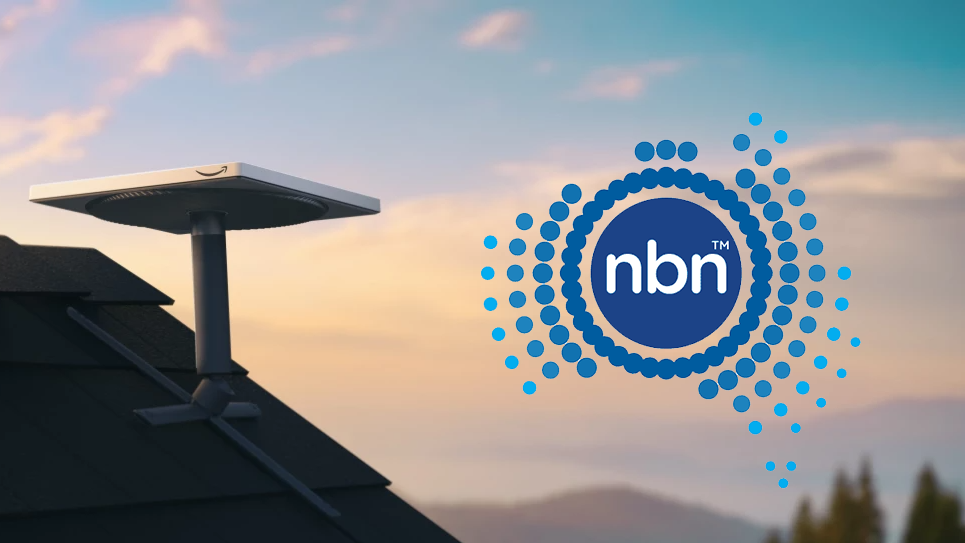There’s less than six weeks to go until the major NBN speed boosts are heading our way, but NBN Co has let us in on a new secret they’ve been keeping — and it’s a good one.
Announced yesterday (5 August 2025), NBN Co has partnered up with Amazon’s Project Kuiper to deliver ‘city-fast’ broadband speeds to rural and regional communities nationwide. Project Kuiper is Amazon’s low Earth orbit (LEO) satellite arm, which is set to debut its first commercial services in the US later this year.
According to the announcement, Amazon’s LEO satellite network is scheduled to launch in Australia in mid-2026, with Tasmania set to be the first area to gain access. To coincide with the launch of the new tech, NBN Co has confirmed the eventual phasing out of its existing Sky Muster and Sky Muster Plus satellites. These existing satellites are expected to remain viable and operational until 2032.
The current Sky Muster geostationary satellites service around 300,000 broadband connections across regional, rural and remote communities in Australia. The new agreement will see these connections, and new ones, transition from Sky Muster to Kuiper’s LEO network in the coming years.
NBN Co CEO Ellie Sweeney stated that the partnership will be a “major leap forward” for Australian satellite-internet customers. Sweeney noted that this partnership would bring lower latency and faster broadband speeds than those currently experienced on Sky Muster tech.
“Australians deserve to have access to fast, effective broadband regardless of whether they live in a major city, on the outskirts of a country town or miles from their nearest neighbour,” Sweeney said.
“By upgrading to next-generation LEO satellite broadband powered by Project Kuiper, we are working to bring the best available technology to Aussies in the bush.”
In order to achieve its goals, Project Kuiper will deploy thousands of LEO satellites, connected by high-speed optical links that will ultimately create a “mesh network in space”. This web will be linked to a global network of antennas, fibre and internet connection points on Earth. Globally, the Kuiper network will include more than 3,200 satellites. Amazon has already deployed 78 satellites into space over three launches this year.
Source link
